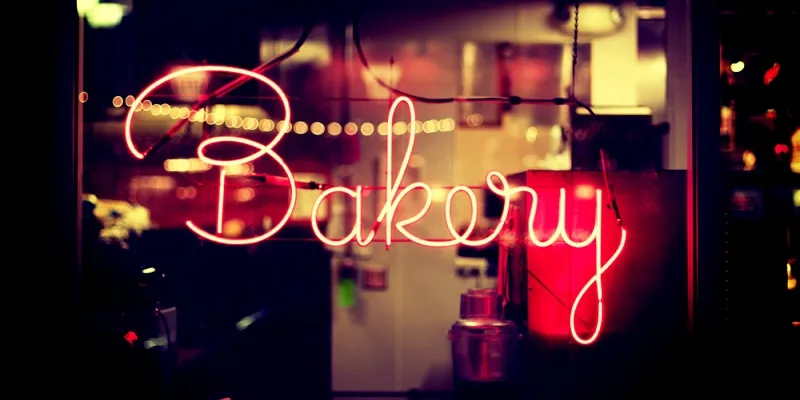Bakery in India is unique and will soon be a big sector, world famous chefs claim
Fondant cakes with edible figurines are now popular among cake lovers but how about a two-feet long chocolate-made elephant or a pastry decorated with 3D shaped flowers that resemble the real thing? Led by international patissiers and chocolatiers, desi bakers are now experimenting more and more.
French chocolatier Christophe Morel, a finalist at the prestigious M.O.F Meilleur Ouvrier de France (Best Craftsman of France) title says it is just the beginning for the bakery industry in India, unlike in the US where he has conducted several classes.

"The US is more into chocolates and bakery products. But the way people in India are specialising in this art of pastry making, I think in the next 10 years it's going to be a big industry in India. When I went to Kuala Lumpur 5 years ago, it hardly had good bakeries but now it has progressed a lot. For me, India's future in bakery is similar," says Chef Morel.
Morel was recently at the Academy of Pastry Arts in Gurgaon recently to conduct demonstrations for local bakers in the art of chocolate making. One of his lessons was sculpting an edible face of an elephant using huge quantity of chocolate. The chef carved with expertise, the folds in the elephant's trunk, including minor lines of the face that showed up prominently in the end product.
"The elephant that I have done may rarely be seen in bakeries because it's quite expensive, not only in the cost but also the quantity of chocolate. It has 8 kilos of superior variety of chocolate and a lot of hard work went behind creating it," says Morel.
Chef Dinesh Rawat, Director of Pastry studies at the Academy says that something of the scale of the elephant has is rare but with expertise bakers could begin to experiment. "The world is getting smaller and smaller. And we have no choice but either to lead or to follow. So surely we will come to this level as well," says Rawat who has also been the Head Chef at the UK-based The Blue Boar Inn.
Rawat says that when he began, baking in India was all about bread and cookies but now there is a marked difference. During a cooking demonstration for young bakers, Morel dipped into shelves arranged with chocolate nuts and bars to whip up the perfect chocolates of hazelnut, peanut, coconut raspberry and other varieties. He even ordered for betel leaves to use the flavours of Indian 'paan' in the chocolate and created a variety of chocolates using 'garam masala.'
"I wake up 8 in the morning and from then on I begin tasting chocolates. It is important to innovate with flavors and at the same time get our students on par with us. The art and skill should be clear in our minds and from there it should flow through the hands and creature a spectacular product. That's what is important. Basics should be right and with that innovations can lead," says the chef.
According to Chef Rawat, a tasting session is extremely important. "Till now bakers have been using compound chocolate but we teach use a different and better quality of chocolate, which is available in India but is not too easy to find. It's a little expensive but far more superior than the usual chocolates. The better quality of chocolate tastes better and also gives the strength required for such sculptures," Rawat says.
According to PTI, chef Lawrence Cheong Jun Bu, who won the World Pastry Cup, Lyon-2015 for the Best Chocolate Display, had flown in from Malaysia to conduct a session on the art of sculpting with chocolate and sugar. Adept at sculpting three to four feet tall artistic figures, the chef says the emphasis is to create "sweet structures that are strong and heavy enough."
In one of his creations, the chef had fashioned a fish whose fins and curved tentacles were all all blown and carved into shapes in a fashion similar to the manner in which a glass is blown into various shapes. The structure was made out of sugar, but not of the usual variety used at home or bakeries. "Since sugar begins to get sticky and melts when it comes in contact with moisture or water, this sugar is different and does not get deformed easily. It is sturdy and stays longer," says Chef Rawat.
Teaching how to copy the art of copying nature through bakery, Chef Nicholas Lodge, who has decorated cakes for the British Royal Family, was also in town to show local bakers improvisations like adding realistic looking leaves and flowers to a fondant cake. Lode fashioned up flowers whose petals were similar to the olive green of real leaves with tinges of dark colour in places to showcase a weathered effect on flowers.
Image Credits : Shutterstock







